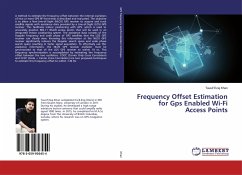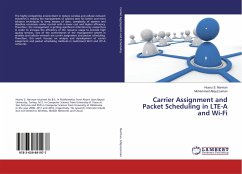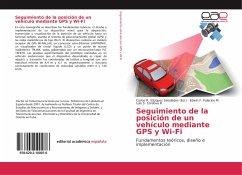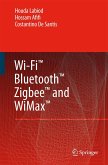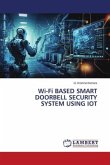A method to estimate the frequency offset between the internal oscillators of two or more GPS RF front-ends is described and evaluated. The objective is to allow a Non-Line-of-Sight (NLOS) GPS receiver to acquire and track satellite signals with assistance data provided by a Line-of-Sight (LOS) GPS receiver. This facilitates indoor positioning with GPS, which is used to accurately position 802.11 WLAN access points that will be used in an integrated indoor positioning system. The assistance data consists of the Doppler frequency and code phase of GPS satellites that the LOS GPS receiver can clearly view. Knowing this information at the NLOS GPS receiver significantly reduces the Doppler search space and code phase search space resulting in faster signal acquisition. To effectively use this assistance information, the NLOS GPS receiver oscillator must be synchronized to that of the LOS GPS receiver to within 10 ns. This frequency synchronization is accomplished by estimating the frequency offset between the two oscillators. COCC (Carrier Only Cross Correlation) and CCCC (Code + Carrier Cross Correlation) are two proposed techniques to estimate this frequency offset to within ±30 Hz.

